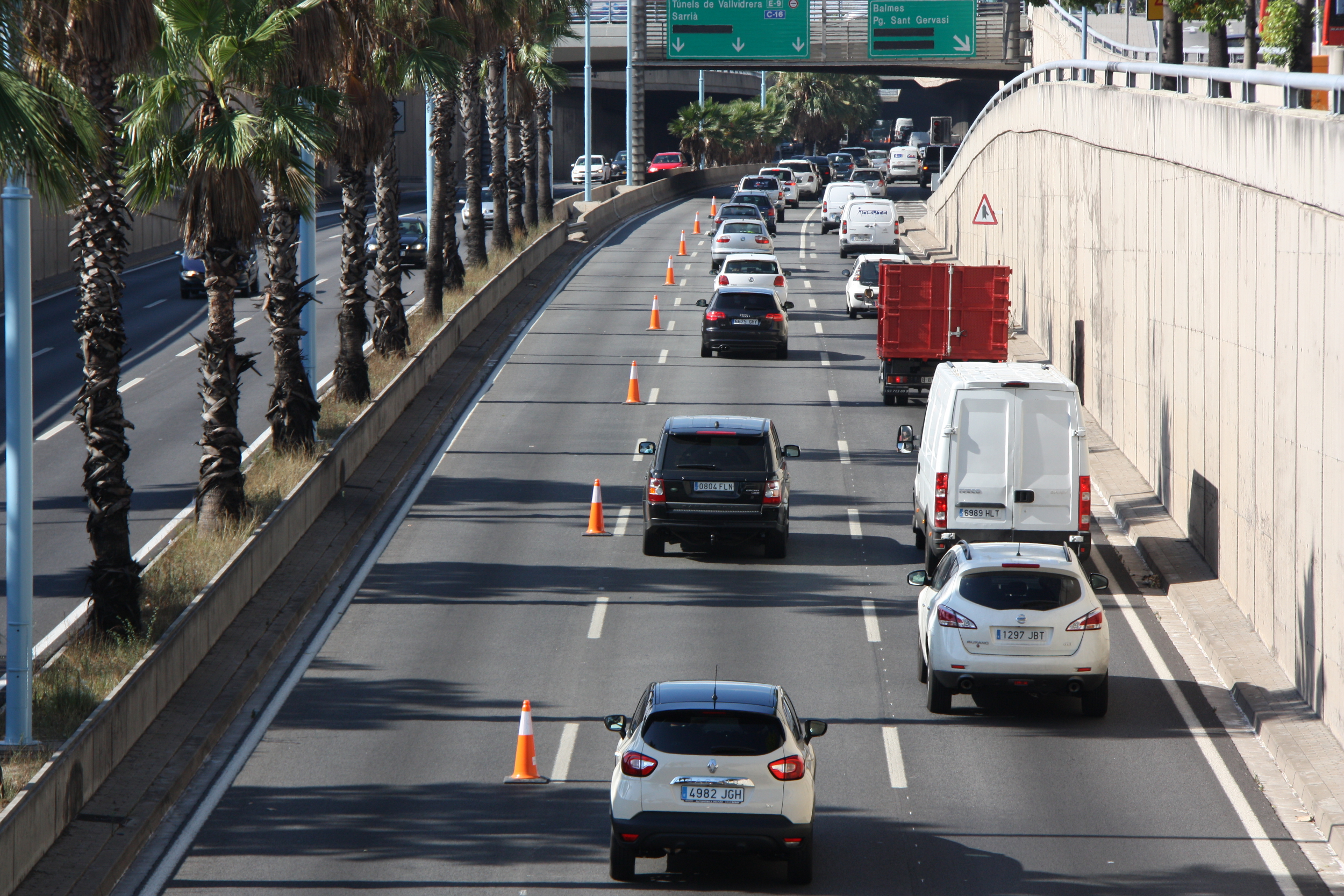Barcelona 25 years on from 1992 Olympics: a city still glittering a little too much?
The main architect of the great transformation the city experienced a quarter of a century ago says opening up to the sea was the principal feat

The Olympic Village, the two 150-meter towers dominating it, the Olympic Stadium, the Palau Sant Jordi indoor stadium, the beaches, the Olympic Harbour… All of them are symbols of modern Barcelona, and all of them are offspring of an urban revolution in the 1980s. The aim, according to some of its promoters, was to modernize the city after 40 years under Francisco Franco’s dictatorship. Yet they needed a good excuse to get on with it –and get funding– and organizing the 1992 Olympic Games exactly 25 years ago provided that excuse. In fact, Tuesday marks a quarter century since archer Antonio Rebollo famously lit the Olympic flame with a burning arrow in the inauguration ceremony. However, it all started a bit earlier than that.
The famous ‘à la ville de… Barcelona’, pronounced by the then IOC International Olympic Committee President Joan Antoni Samaranch, on October 17, 1986 in the Swiss city of Lausanne, was the best excuse. The city committed on that day to holding the event five years and nine months later, in summer 1992. Mayors Narcís Serra, and above all Pasqual Maragall, were the main organizers at a political level, but those who took charge of the actual transformation are the architects, and one of them in particular stands out: Oriol Bohigas, the man responsible for urban planning in the local council in the 1980s.
The principat feat: granting citizens access to the sea
Bohigas is now 91, but he still remembers all the details of his work 25 years on, and he expresses no hesitation when asked about the most important transformation: the beaches. “The sea was cut off from the people; Barcelona had no beaches and nowadays it is the city with the biggest and best-looked after beaches in the Mediterranean,” he claimed in an interview with Catalan News. Bohigas recalls that the neighbourhoods along the coast “were a disaster, they had no drainage and all the dirt from citizens ended up in the sea.” In fact, he explains with a grin that the event organizers told him to stop “cleaning up the streets” for fear of running out of time and money to build the stadiums.
The Olympic Village: was it worth losing industrial heritage?
One of the other dramatic changes because of the Games was the construction, from scratch, of a neighbourhood to host athletes for two weeks and then the public after that: the Olympic Village. There was some controversy because knocking down some old industrial areas was needed to build it and some claimed that examples of heritage fell by the wayside. “The heritage was devastated,” architect and current city councillor Josep Maria Montaner tells Catalan News.
“The scale of the project and the improvement work was far bigger than safeguarding one or two buildings that may have had a heritage,” says a professional who worked with Bohigas ahead of the 1992 Games, Oriol Capdevila. He told Catalan News: “Our will was not to demolish, but to rebuild.”
The ring road: dramatic change for (private) mobility
Montaner introduces other controversies, such as, he says, the transformation did not take into account citizen participation or public transport. One of the most striking changes was the construction of a ring road surrounding Barcelona to prevent traffic jams in the city center and, although their architects concede that public transport was not the priority, the ring road was “essential”. In any case, Capdevila and even the critical Montaner admit that the debates and values of the society have drastically changed over the past 25 years.